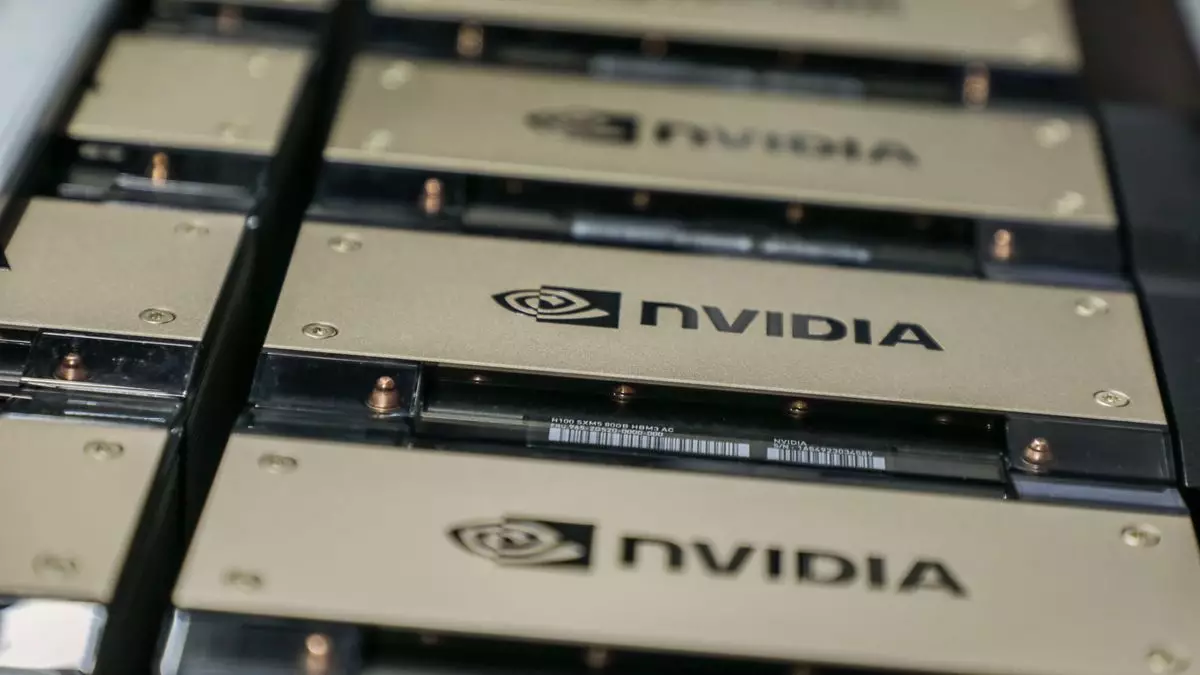The evolution of graphics rendering technologies has brought about a massive transformation in the gaming world, and NVIDIA stands at the forefront of this revolution. An integral part of this advancement is Deep Learning Super Sampling (DLSS), a sophisticated AI-driven upscaling technology that has become synonymous with enhancing visual fidelity while maintaining performance. What many may not realize, however, is the robust infrastructure that supports this technology—the supercomputer dedicated to refining DLSS. In this article, we will delve into the significance of NVIDIA’s supercomputer for DLSS, the technical intricacies involved in its operation, and the future prospects of this groundbreaking technology.
For six uninterrupted years, NVIDIA has operated a supercomputer teeming with thousands of its state-of-the-art GPUs, a fact that might come as quite a surprise to casual observers. This facility is not merely a luxury or a standalone project but rather an integral component of NVIDIA’s strategy to enhance the DLSS framework continuously. The supercomputer works tirelessly, processing vast amounts of data to train models capable of generating superior graphics. It operates 24/7, reflecting NVIDIA’s commitment to innovation and excellence in rendering technology.
The operational focus of this supercomputer lies in the constant assessment and improvement of DLSS models. One central theme to understand is the cycle of feedback and retraining that NVIDIA employs to enhance its upscaling algorithms. Each failure, whether it manifests as ghosting, blurriness, or flickering, is meticulously analyzed. This procedure isn’t merely about identifying issues; it encapsulates a learning process that systematically improves model accuracy. By cataloging these failures, NVIDIA can augment their training datasets, ensuring that future iterations of DLSS are less susceptible to similar errors.
The introduction of the transformer model in DLSS 4 represents a significant technological leap, moving away from traditional convolutional neural networks. This transition is not merely academic; it has practical implications for gamers and developers alike. The transformer model’s architectural advantages allow for enhanced performance in rendering images, handling complex scenes, and improving frame rates. This shift in approach demonstrates NVIDIA’s ability to adapt to new techniques within AI and machine learning, further solidifying its position as a leader in the field.
Moreover, the continuous training on this supercomputer ensures that the models can handle a broad spectrum of gaming scenarios. Rather than focusing solely on popular titles, NVIDIA actively tests across hundreds of games, gaining invaluable insights into graphical rendering challenges. This breadth of testing increases the robustness of the DLSS technology, enabling it to smoothly adapt to new titles as they are released, providing gamers with a seamless experience.
As gaming technology advances, the expectations of gamers also evolve. The demand for higher resolutions, better visual fidelity, and consistent frame rates is insatiable. NVIDIA’s investment in its supercomputer is indicative of a broader industry trend that recognizes the necessity of machine learning in meeting these goals.
The lessons learned over six years of continuous operation will likely shape future iterations of DLSS and potentially other graphic-rendering technologies. It is clear that AI is no longer an optional enhancement in gaming but a crucial part of rendering strategies. Each advancement not only aims to elevate graphical standards but also optimizes performance for those who demand the best possible experience.
NVIDIA’s supercomputer, with its relentless quest for refinement in DLSS, is a testament to the company’s dedication to pushing the boundaries of what is possible in graphics rendering. As the company prepares for an even more competitive landscape, the lessons and innovations stemming from this supercomputer will undoubtedly play a pivotal role in shaping the future of gaming. In an industry where every frame matters, NVIDIA’s commitment to continuous learning represents a critical foundation that could redefine graphical fidelity for years to come. The unsung hero behind the scenes is indeed the supercomputer, driving the advancements that are quickly becoming a standard in high-performance gaming.


Leave a Reply